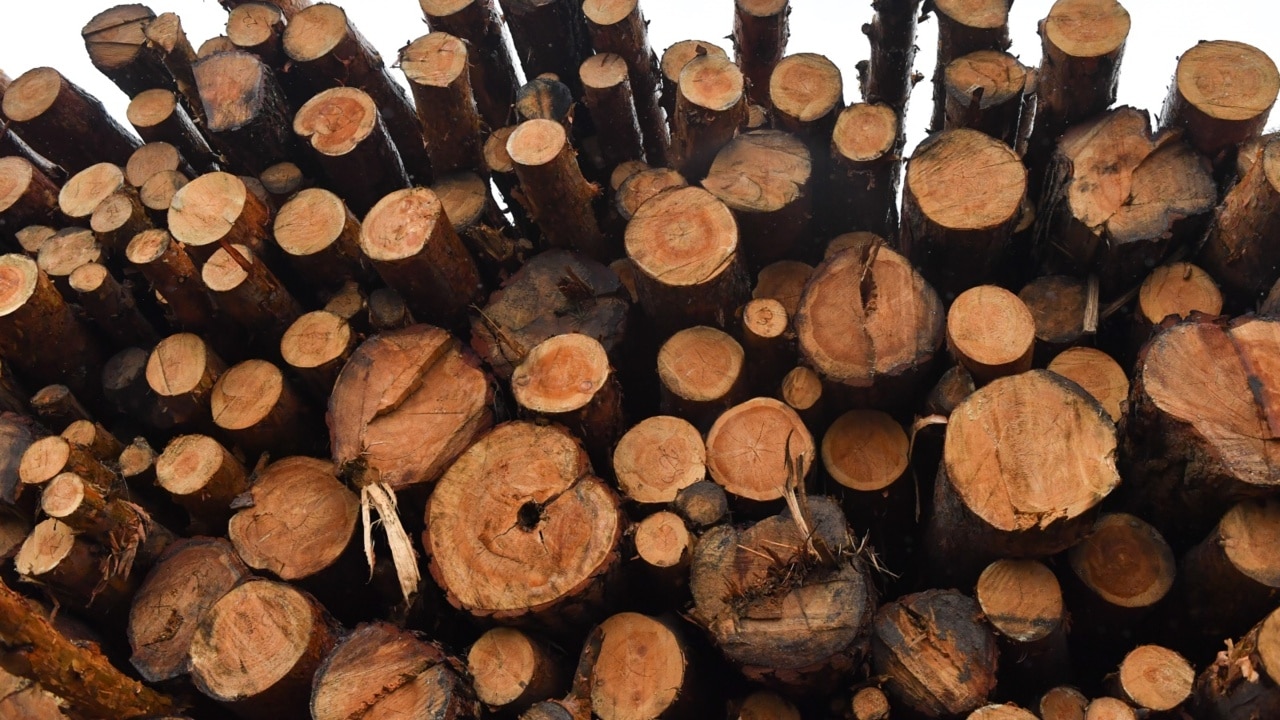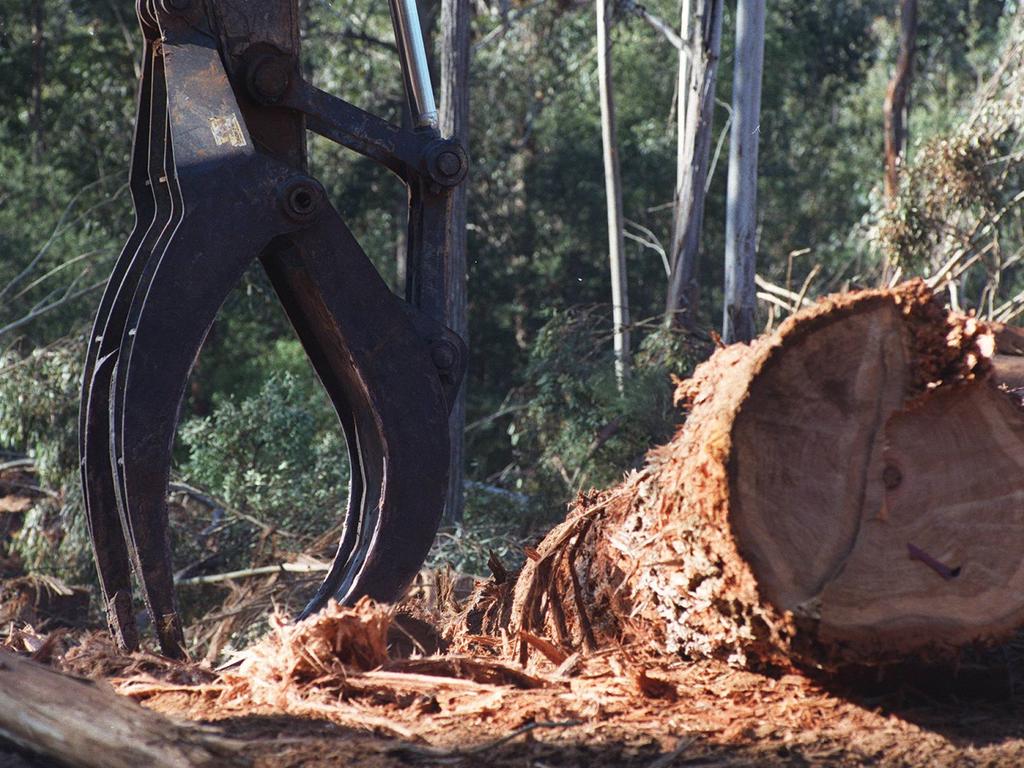Lumbered with a native forestry deal that isn’t working


On Wednesday, the Federal Court of Australia dismissed a case brought by local conservationists that sought to set aside the agreement. Local conservationists argued the renewal of the agreement was invalid because of a failure by governments to undertake a reassessment of the conservation values of the forests in renewing the agreement or establishing whether forestry management was consistent with ecological sustainability.
The court dismissed this argument on the basis that this decision is “essentially a political one, the merits of which are matters for the government parties, and not the courts, to determine”, effectively handpassing the issue back to the politicians.
For those who favour ongoing native forest logging, this is a Pyrrhic victory at best and, despite this judgment, the future of native forest logging in Australia is far from rosy. Looking at the big picture, the future for native forest logging appears clouded at best.
In the past few weeks, native forest logging has ended in Victoria and Western Australia while the NSW government has already committed itself to protect koala habitat through the creation of the Great Koala National Park in many of the same forests covered by Wednesday’s ruling.
The writing is on the wall, and it is well past time for governments to create a forest industry plan that protects native forests and their rich biodiversity, stores carbon at scale, introduces innovative fire management strategies to restore health to the degraded forests, and is based on deriving the maximum value and jobs from Australia’s already extensive purpose-grown plantation estate.
Covering more than 1.8 million hectares, tree plantations already supply 87 per cent of Australia’s timber needs, including more than 90 per cent of all construction wood.
In contrast, native forest logging continues to generate low-value products such as firewood, woodchips, landscaping materials and transportation pallets.
It has been more than 30 years since the government and the states agreed to a forest strategy following the signing of the National Forest Policy Statement in 1992. This agreement sought to reconcile the competing interests of environmental protection with ongoing wood production from native forests.
It created a series of bilateral agreements and sought to provide long-term protection for those native forests with the highest conservation value.

But despite good intentions and lots of money, the policy failed. The investment never materialised, native forest sawmills continued to close, workers continued to lose jobs, First Nations expertise and experience have continued to be ignored, and the biodiversity values of the native forests have continued to decline as more and more forest-dependent species were placed on the threatened list.
A new approach, with a focus on storing carbon and restoring forest health, can provide real and long-term local jobs, while a focus on deriving maximum value through the production of manufactured wood products from our existing plantations can meet all timber needs. It is scandalous that we still export more than 40 per cent of all our wood products as low-value woodchips.
With the establishment of carbon and biodiversity markets, we have a once-in-a-lifetime opportunity to generate a vast amount of public and private sector investment into restoring the health of our native forests, meeting our emissions reduction targets and investing in our plantations. On purely economic grounds, investment has gravitated towards plantation forests and out of native forest logging.
Native forest sawmills are small, have failed to attract investment, employ few workers, and rely heavily on direct and indirect government subsidies. In contrast, plantation sawmills produce large volumes of timber, employ many workers on good conditions and now completely dominate the forestry industry. These are the facts, not rhetoric.
Meanwhile, the evidence of the adverse environmental effects of ongoing logging of native forests has become indisputable.

Decades of research and monitoring have catalogued a dramatic decline in the health of native forests subject to ongoing logging operations. Formerly abundant native forest wildlife has collapsed.
There is no doubt that we need wood in a low-carbon future. Purpose-grown plantations do and can provide critical construction materials to meet our future housing needs. Wood that has a long-term carbon lifespan through building products is essential. After more than a decade of indifference by government, the Albanese government, to its credit, has at least recognised the need for a new approach.
It’s an important recognition of the need for change, but the challenge for the government is to turn these good intentions into action and a program of reform – one that can bring together the shared interests of those who care about the future of our forests and the forest industry in a way that can position Australia as a global leader. We have a once-in-a-generation opportunity, but we need action and leadership now.
Lyndon Schneiders is executive director of the Australian Climate and Biodiversity Foundation.







In November 2018, the Morrison government and the NSW government quietly agreed to extend the controversial Regional Forest Agreement that regulated logging operations in the forests of northern NSW for a further 20 years.